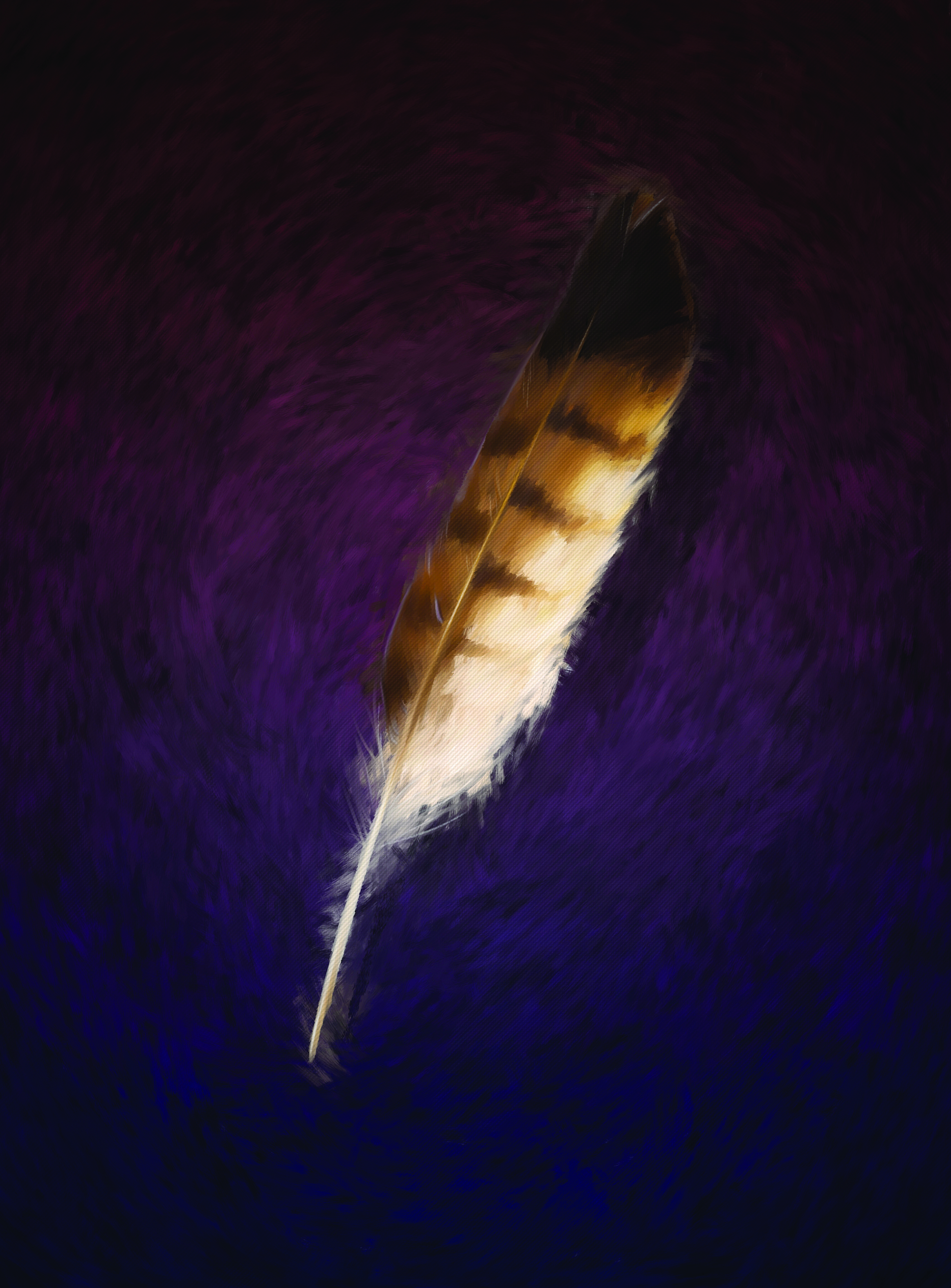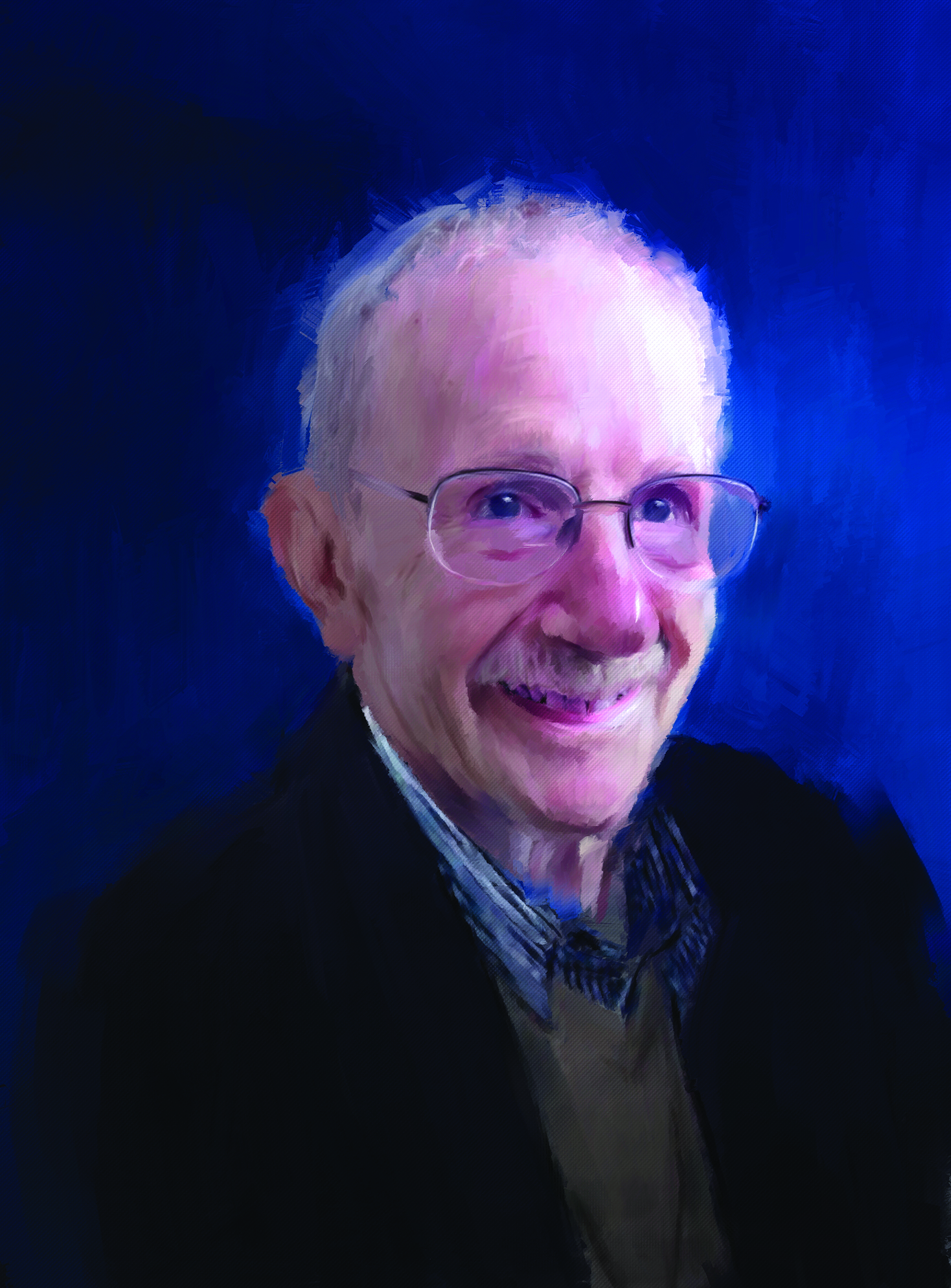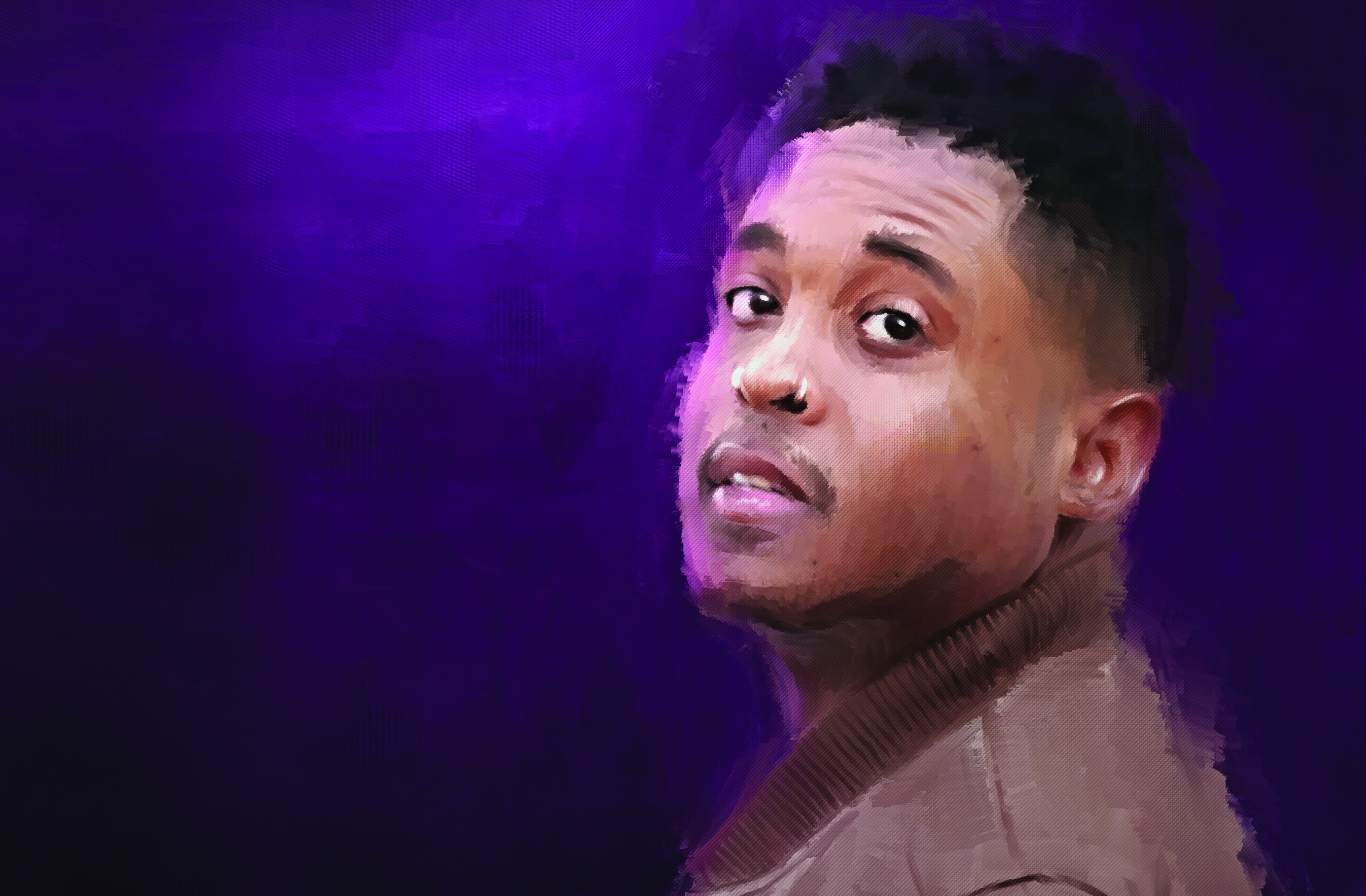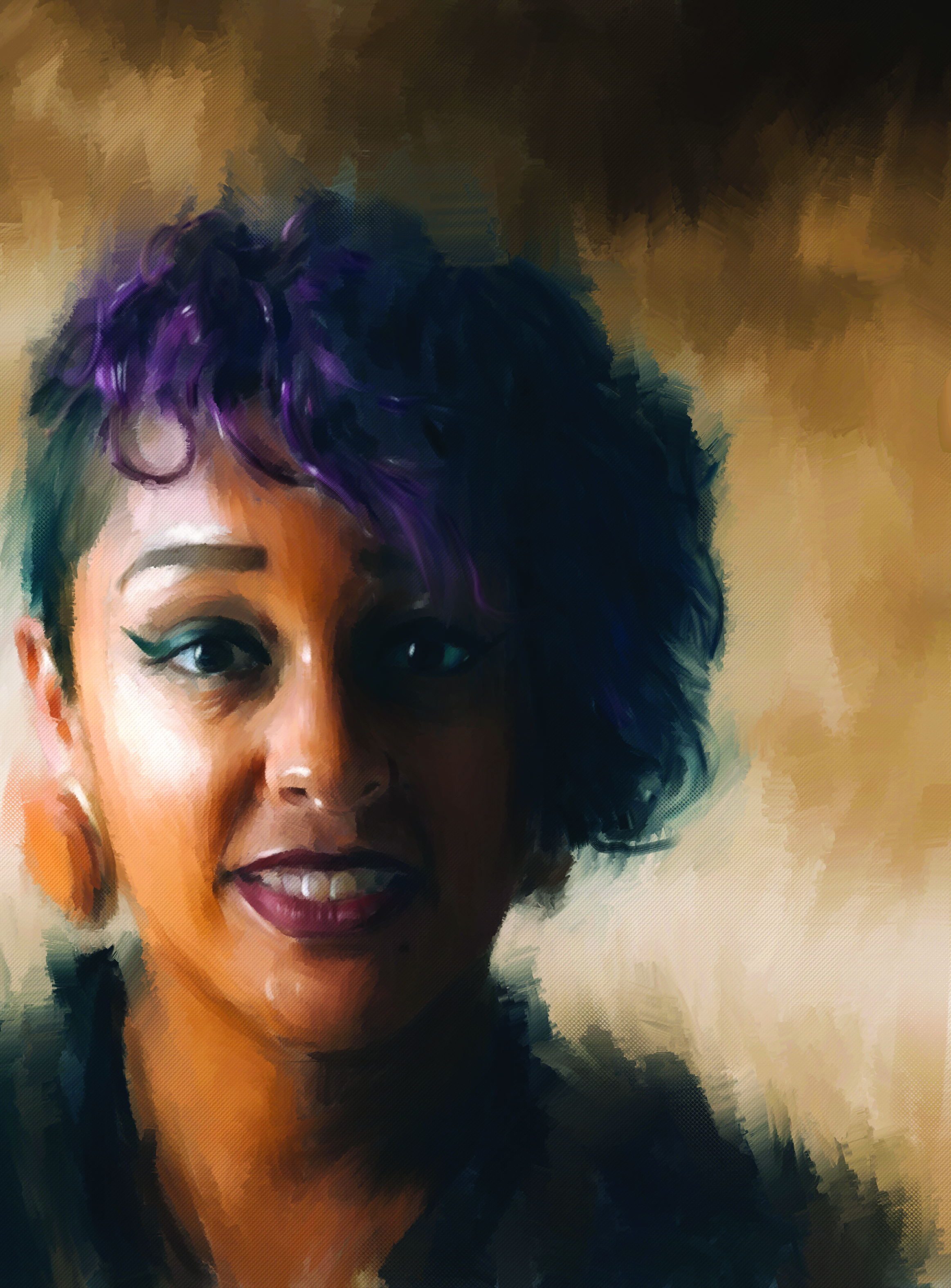
On a panel last year, I sat with a sampling of other writers, all of whom work in prose, whether fiction or non-fiction. I was the lone poet on the panel, there to round out the full scope of literature. The panel was ostensibly political in nature, one of those occasions to consider the role of language in response to—ominously—”this political moment.” I was largely silent during the introductions and for a portion of the first go-round of panelists. When the conversation swung to me, the moderator, after reading my brief bio, mentioned that she didn’t think poetry and poets were usually political. The room, or at least a portion of it, nodded gently in agreement.
I found myself shocked, and then not. The moderator’s idea of contemporary poetry is flawed but common in the larger American discussion, in part because the people leading that discussion tend to have a narrow idea of what is political: Poetry rarely sounds like talking points. But poetry has always been a political force. The earliest poems were sung or recited as a way to archive history—something that has remained a political act for a people who have no other way of archiving their experiences. In 1819, in the wake of the Peterloo Massacre, British poet Percy Bysshe Shelley wrote “The Masque of Anarchy.” Though it wasn’t published until 1832, after Shelley’s death, the poem was one of the first to endorse the idea of non-violent resistance. In the poem, Shelley writes of protesters standing peaceably while being assaulted by armed soldiers:
With folded arms and steady eyes,
And little fear, and less surprise,
Look upon them as they slay
Till their rage has died away.
In America, political poetry has been a part of the canon since the beginning, though those politics took on a sharper edge at the turn of the 20th century and kept it to the present day, as poets of different cultures began to record their experiences in the country, and the canon gradually began to become a little less white. An example of this development is the 1928 poem (later set to music) “Chinaman, Laundryman,” written by H.T. Tsiang, which evoked the experience of Asian Americans attempting to assimilate into a country that didn’t appear to want them. The poem is plainly spoken, and all the more devastating for it:
My skin is yellow,
Does my yellow skin color the clothes?
Why do you pay me less
For the same work
Later artists, from the beats to the contemporary poets, expanded the idea of what political poetry looks like while establishing survival itself as a political triumph.
Still, poets aren’t often called onto late-night news shows to discuss current events. Meanwhile, every year, there is an article in a major publication declaring poetry “dead” and offering suggestions for how to fix it—a recent version appeared in HuffPost last year, under the title “10 Ideas That Could Save American Poetry”—usually written by someone who has little to no relationship to what contemporary poetry is doing, or the spaces it’s being done in.

In the weeks following the election of Donald Trump, there was a sudden and widespread sense of “now more than ever.” Artists were told that all kinds of art were needed now more than ever, and I found myself—along with many of my poet friends—being told that the world needed poetry now more than ever too. It was poetry that would combat a vicious and violent regime. It was poetry that would somehow foster empathy in the hearts of those who had proven time and time again to have no empathy. It was poetry, we were assured, that would finally get the world to feel. And we were told that we needed to write it—to write the poetry that would name the problems, and then maybe fix them.
And we needed to do it now more than ever.
The problem with this call to arms was that many of us—particularly those of marginalized identities—had been writing these poems for decades, as a kind of foreshadowing. Poets don’t always get credit, but sometimes they do: Solmaz Sharif’s brilliant Look, a book detailing the ills of contemporary American imperialism, was a National Book Award finalist in 2016. And in poetry slams throughout the country’s dive bars and basements, poets spend time offering scathing political critiques in three-minute bursts. That broader audiences are not (and haven’t been) tuned into this isn’t a failing of the poets, but a failing of the American imagination and its narrow, impoverished idea of what poetry is, or could be.
Poets in the middle of the country, specifically, have charted a path to answers about who they are and what they want the world to look like. While commentators on the coasts refer to some ineffable, invisible center of the country, poets have been building maps to their particular America for years now, opening windows for empathy. These poets all work to show clear glimpses into the material lives that their coastal readers might otherwise never see. To create change is a grander statement, but a poet must first plant the seeds. With eyes fixed on the people in the middle of the country, these poets and others can help us unravel what is sometimes sold as a monolith, bringing humans into focus through the noise.

A Poetics of Labor

(Illustration: Parker Nguyen)
The late Philip Levine’s America was about the promise and joy of labor. On the surface, his work might read as an exhortation to workers to pull themselves up by their bootstraps. In fact, Levine’s mission was much more humane. Having worked in Detroit factories as a teenager in the early 1940s, Levine was interested in the intimacy of labor: the human element that often gets left behind. In his poems, we meet living, breathing, grieving humans, some of them at the mercy of a corporate system or country that doesn’t love them as much as they are forced to love it. In his poem “During the War,” Levine writes:
When my brother came home from war
he carried his left arm in a black sling
but assured us most of it was still there.
Spring was late, the trees forgot to leaf out.
I stood in a long line waiting for bread.
The woman behind me said it was shameless,
someone as strong as I still home, still intact
while her Michael was burning to death.
Reading Levine today, I think of the presidents who go forth and make promises to the people who do this type of work and see their jobs slowly vanishing and who, in turn, often see their existence becoming less worthwhile. In Ohio, in Michigan, in Indiana, all through the Midwest, there are people waiting for jobs to come back, waiting with open arms for a dream that won’t run into them. After Trump’s election, much time was spent in attempts to understand these people as a single, destitute bloc. What troubled me about these attempts was the mandarin tendency to strip people of the human elements that Levine, who died in 2015, fought so hard to preserve: In autopsies of the 2016 election, observers too often focused on working-class people as a large and unitary demographic bloc—a mass or an idea of a mass that all moved and thought the same, as opposed to individuals with individual needs and unique suffering.
Levine’s treatment of these people and their lives is utterly different: His language is direct, his imagery is touchable, and he built narratives that are rich in detail. His writing was meant to invoke the tone of the worker, to put a reader inside the mind and body of the worker and to transport the reader to a place where they might be able to feel for those doing labor. In his most famous poem, “What Work Is,” he details a family waiting in line to hear if they’ll be able to work at the factory that day. The family is standing in the rain. In the poem’s opening, he writes:
if you’re
old enough to read this you know what
work is, although you may not do it.
Forget you. This is about waiting,
shifting from one foot to another.
It almost doesn’t matter if the family finds work by the end. The poem isn’t necessarily about finding work as much as it is about evoking the desires and needs of a laboring underclass, a people in need who could be manipulated by the very systems they rely on. Levine’s great power was the way he spoke plainly about the human experience. There is a notion that speaking plainly in poetry can damage craft, but with Levine, there is such strong pace and narrative that the “you” in his poems inevitably feels like a universal and touchable “you”—perhaps even someone the reader walks past every day.

A Poetics of Representation

(Illustration: Parker Nguyen)
In Danez Smith’s Midwestern landscape, blackness is in constant danger. Smith is from St. Paul, Minnesota, not far from where Philando Castile was murdered, and Smith’s poetry works to find joy within blackness, despite a tapestry of fears: Smith is a queer, black, HIV-positive writer whose writing demands, fiercely, that they be seen as a full and complete person. Smith’s is a politics of representation in the vastness of a Midwestern black experience. It is true that the black experience in the Midwest is different from the black experience along the coasts. As someone who was born and raised in Ohio, when I lived in close proximity to New York, I saw the differences: While parts of the Midwest also have their share, the East Coast is home to more innovative and creative black spaces, more places for black people to love and heal among each other in moments of trauma and grief. Smith uses poetic imagination to locate and then worship these pockets of the Midwest. In the beautiful long poem “summer, somewhere,” Smith writes, in the wake of black people dying across the country:
if snow fell, it’d fall black. please, don’t call
us dead, call us alive someplace better.
we say our own names when we pray.
we go out for sweets & come back.
These are the politics of living in a country with corners that don’t want you alive. Smith’s consistently urgent language cuts directly to the heart of a reader, more directly than to the heart of a political issue. “Please, don’t call us dead” could certainly appear on a sign at a protest, but it is also a personal plea to the reader. Smith is one of the few poets I don’t mind seeing use the universal “we” and “us” because Smith’s work revolves so ferociously around the preservation of black life that it shrinks the “we” and “us” to a specific intimacy, while still leaving room for anyone who might want to praise, mourn, or hope for a better place.

A Poetics of the Future

(Illustration: Parker Nguyen)
Gwendolyn Brooks made her mark writing about the interrelated layers of Chicago’s past and present. Eve Ewing makes her mark writing about the city’s future. Afrofuturism as an escape from the present mess of the world isn’t a new angle: Poets and musicians (think Sun Ra) have been doing it for years. But Afrofuturism-as-escape-as-politics is what Ewing does best. Her poems aren’t littered with the bodies of the dead. Rather, they are littered with the living, and the hope of living in a place better than the current one.
In “to the notebook kid,” Ewing writes an ode to what might be a young Chicago Public School student, urging the child to write the world they want to see. Ewing writes glowing manifestos to inanimate objects like shea butter, giving these objects life and body and adding them to her world’s long list of healing tonics. When she does reach back into the past, it is so she can write a better ending. In “I Saw Emmett Till in the Grocery Store,” Ewing resurrects the 14-year-old lynched in Mississippi in 1955, and presents a version of him that survived to live a mundane (and happy) existence. With these gentle, hopeful strokes, Ewing is protesting the world she is in by creating another one and daring to call it better.
Like all good political art, Ewing’s work is also challenging: She continually asks the reader to exit their world and enter one that doesn’t seem like it could exist. There are answers to be found here too, about what a utopia might look like through the lens of black girlhood and black womanhood. Or, perhaps, answers about a distant future, in which black people are not only still present but thriving in imaginative and exciting ways.
A version of this story originally appeared in the March/April 2018 issue of Pacific Standard. Subscribe now and get eight issues/year or purchase a single copy of the magazine. It was first published online on March 15th, 2018, exclusively for PS Premium members.





